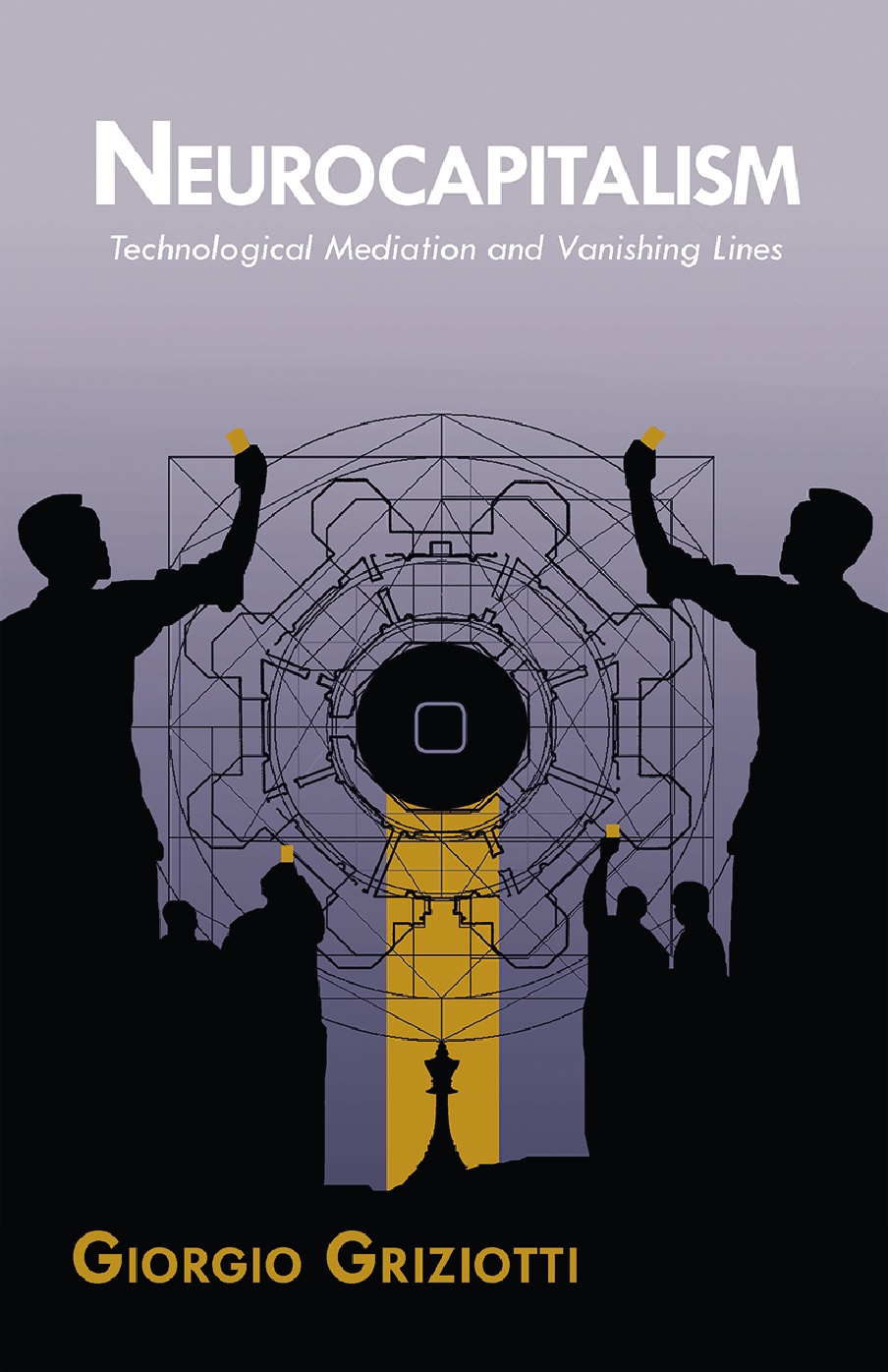Pier Paolo Pasolini: The Divine Mimesis (1975–) [ES, EN]
Filed under poetry | Tags: · 1960s, italy, poetry

“Written between 1963 and 1967, The Divine Mimesis, Pasolini’s imitation of the early cantos of the Inferno, offers a searing critique of Italian society and the intelligentsia of the 1960s. It is also a self-critique by the author of The Ashes of Gramsci (1957) who saw the civic world evoked by that book fading absolutely from view. By the mid-1960s, Pasolini theorized, the Italian language had sacrificed its connotative expressiveness for the sake of a denuded technological language of pure communication. In this context, he projects a ‘rewrite’ of Dante’s Commedia in which two historical embodiments of Pasolini himself occupy the roles of the pilgrim and guide in their underworld journey.
Densely layered with poetic and philological allusions, and illuminated by a parallel text of photographs that juxtapose the world of the Italian literati to the simple reality of rural Italian life, this narrative was curtailed by Pasolini several years before he sent it to his publisher, a few months prior to his murder in 1975. Yet, many of Pasolini’s projects took the provisional form of “Notes toward…” an eventual work, such as Sopralluoghi in Palestina (Location Scouting in Palestine), Appunti per una Oresteiade africana (Notes for an African Oresteia), and Appunti per un film sull’India (Notes for a Film on India). The Divine Mimesis has a kinship to these filmic works as Pasolini himself ruled it ‘complete’ though still in a partial form.
Written at a turning point in his life when he was wrestling with his poetic ‘demons,’ the true center of gravity of Pasolini’s Dantean project is the potential of poetry to teach and probe, ethically and aesthetically, in reality. “I wanted to make something seething and magmatic,” Pasolini declared, “even if in prose.”
In this first English translation of Pasolini’s La divina mimesis, Italianist Thomas E. Peterson offers historical, linguistic, and cultural analyses that aim to expand the discourse about an enigmatic author considered by many to be the greatest Italian poet after Montale.”
First published as La divina mimesis, Einaudi, Turin, 1975.
English edition
Translated by Thomas Erling Peterson
Publisher Double Dance Press, Berkeley, 1980
139 pages
HT Ken, via c0st1c
Review: Thomas Sanfilip (Literary Yard 2016).
Commentary: Manuele Gragnolati (2012).
Publisher (2014 EN edition)
WorldCat (EN)
La divina mímesis (Spanish, trans. Julia Adinolfi, 1976)
The Divine Mimesis (English, trans. Thomas Erling Peterson, 1980, 4 MB)
Introduction to 2014 edition of EN translation
Michael Taussig: Mimesis and Alterity: A Particular History of the Senses (1993)
Filed under book | Tags: · alterity, anthropology, colonialism, ethnography, mimesis, racism, society

In his most ambitious and accomplished work to date, Michael Taussig undertakes a history of mimesis, the practice of imitation, and its relation to alterity, the opposition of Self and Other. Drawing upon such diverse sources as theories of Benjamin, Adorno and Horckheimer, research on the Cuna Indians, and theories of colonialism and postcolonialism, Taussig shows that the history of mimesis is deeply tied to colonialism, and more specifically, to the colonial trade’s construction of “savages.” With analysis that is vigorous, unorthodox, and often breathtaking, Taussig’s cross-cultural discussion of mimesis deepens our understanding of the relationship between ethnography, racism and society.
Publisher Routledge, New York/London, 1993
ISBN 0415906873, 9780415906876
320 pages
Giorgio Griziotti: Neurocapitalism: Technological Mediation and Vanishing Lines (2016–)
Filed under book | Tags: · automation, capitalism, commons, decentralization, labour, neurocapitalism, politics, production, technology, theory

“Analyzes the changing politics of technology, charting out possibilities for autonomous cooperation
Technological change is ridden with conflicts, bifurcations and unexpected developments. Neurocapitalism takes us on an extraordinarily original journey through the effects that cutting-edge technology has on cultural, anthropological, socio-economic and political dynamics. Today, neurocapitalism shapes the technological production of the commons, transforming them into tools for commercialization, automatic control, and crisis management.
But all is not lost: in highlighting the growing role of General Intellect’s autonomous and cooperative production through the development of the commons and alternative and antagonistic uses of new technologies, Giorgio Griziotti proposes new ideas for the organization of the multitudes of the new millennium.”
First published as Neurocapitalismo: Mediazioni tecnologiche e linee di fuga, Mimesis, 2016.
Foreword by Tiziana Terranova
Translated by Jason Francis McGimsey
Publisher Minor Compositions, Colchester, February 2019
Open access
ISBN 1570273421, 9781570273421
244 pages
PDF, PDF
Reviews and extracts in Italian, Spanish and French

